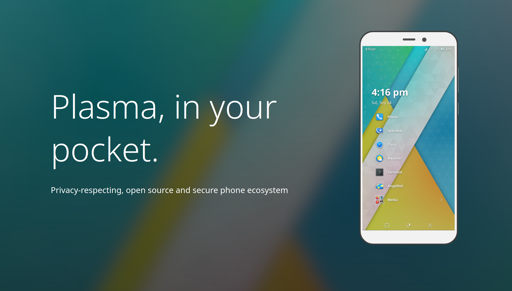This blog post is already quite long, so it will omit changes merged for Plasma 6.5 (releasing in October, to be announced in a future post).
With the Plasma 6.2 release, we moved Plasma Dialer and Spacebar to the Plasma release cycle, allowing us to have consistent releases of the two apps. This completes our year long move to having all Plasma Mobile related projects released as part of wider KDE releases, streamlining the work for distributions and taking a load off us on having to maintain a separate release cycle!
In other news, a Fedora spin for Plasma Mobile was released! It will only be targeting devices that can currently boot Fedora (i.e. not ARM phones), but is very exciting nonetheless!



Eh, you sort of can on some phones, e.g. OnePlus 5 and 6; on some others it’s just a couple dozen patches away from working.
The problem with other phones isn’t “abstracting the hardware” (this is done by the Linux kernel), it’s reverse-engineering the drivers so that they run on whatever kernel you want and use the open standards required by the “desktop linux” userspace. In fact, if you look at the “supported devices” list for all those mobile Linux distros you’ll find a fairly similar set; that’s simply all devices for which manufacturer’s (or reverse-engineered) drivers are available. It’s not like FOSS people are writing drivers specifically for their distro, which wouldn’t work with any other - only corporate Android vendors do that!